Baldurs Gate 3 is going to give triple-A games big CRPG energy
Seizing the initiative
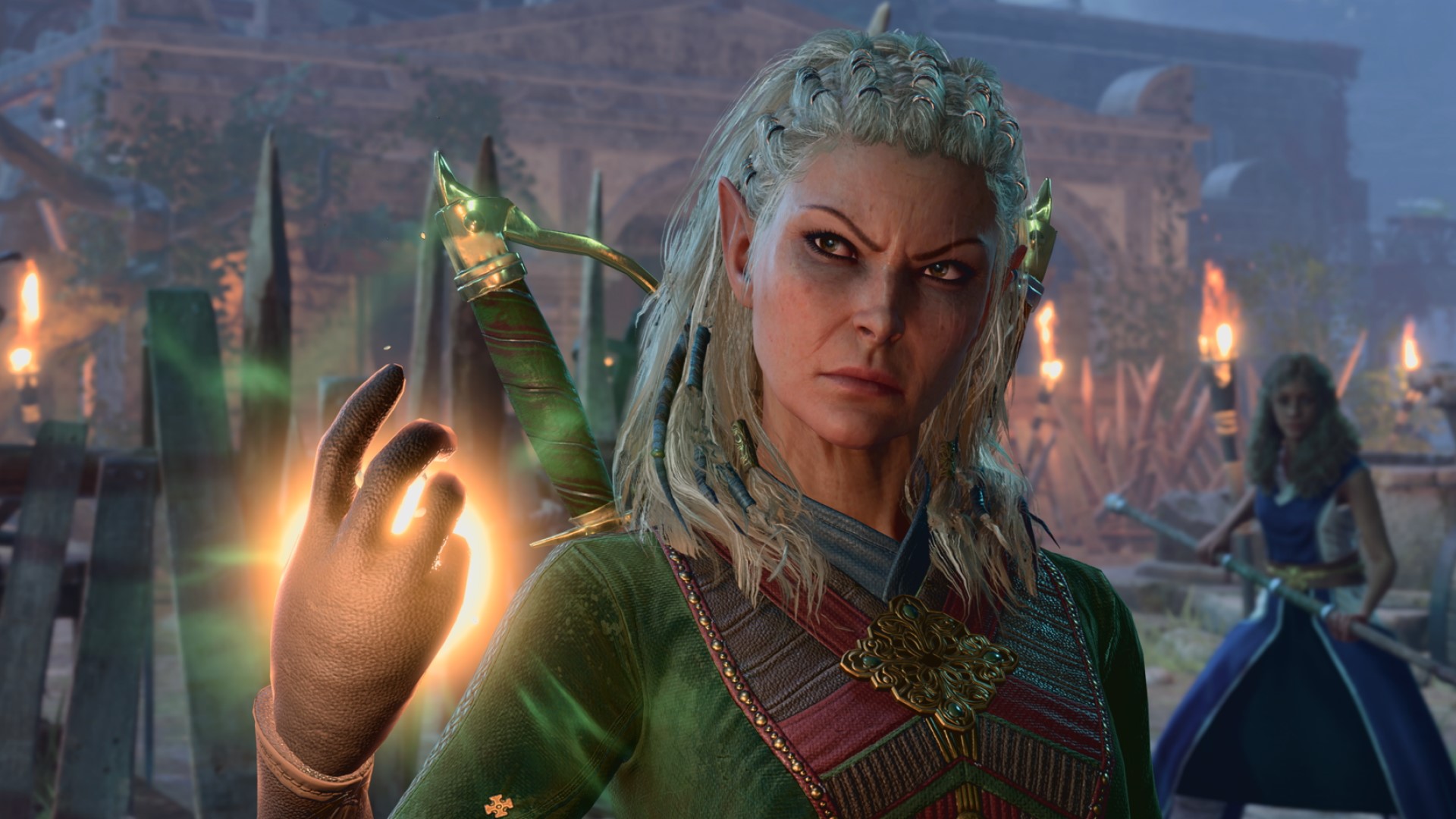
Baldur’s Gate 3 has been a resounding success, with sales so impressive that even the Belgian Embassy in China is boasting about them. However, as with any great artistic success, the warm reception of Larian Studios’ latest RPG hasn’t happened in a vacuum.
As much as Baldur’s Gate 3 is already seen as one of the best RPGs of all time, it is also, perhaps more importantly, an RPG of our time. Playing on the popularity of Dungeons & Dragons - upon which the game is based - Baldur’s Gate 3 speaks to an audience desire for a side of playfulness and imagination with their RPGs. With its dramatic, motion-captured performances and loving embrace of the weird and wonderful world of D&D, Baldur’s Gate 3 represents an earnest and unashamed embrace of a very specific kind of storytelling in the finest tradition of CRPGs.
The CRPG, or classical RPG, refers to a specific kind of game design intended to emulate tabletop role-playing games like Dungeons & Dragons. Popular around the turn of the Millennium, these games prize character customization, inventiveness, and player agency. Baldur's Gate 3, however, has taken these qualities and given them a high production value, and cinematic treatment bringing the CRPG into the limelight in an unprecedented way.
Baldur’s Gate 3’s main storyline is impressively malleable, and, while it contains setpieces where the different storylines converge, the shape and tone of these setpieces vary wildly depending on player action and choices.
These sorts of games are the fulcrums upon which the games industry often turns. One only needs to look to the influence of The Witcher 3: Wild Hunt to see the wide-reaching impact that these games can have on the game development landscape. As is only natural, these “fulcrum games” have an influence that ripples out across game development, adding new tools to the wiley game designer’s ever-growing box of tricks.
All roads lead to Nilfgaard
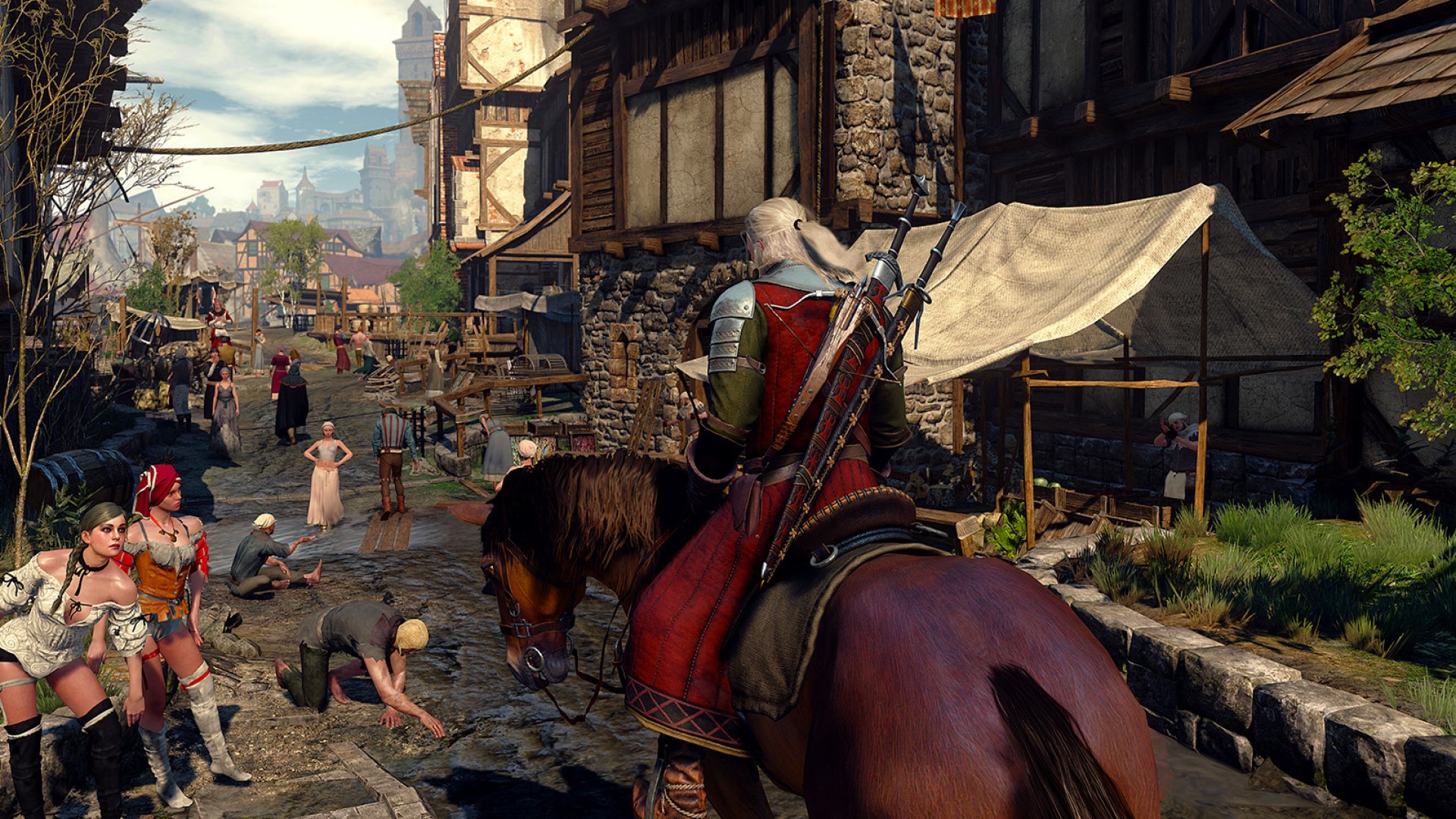
To understand exactly how far-reaching Baldur’s Gate 3 is likely to be, let’s go back in time to 2015 when The Witcher 3 took audiences by storm with its cinematic storytelling, open-world design, and emphasis on branching narratives. In CDProjekt Red’s highly influential RPG, player choice didn’t exist to fill in an arbitrary “good guy” or “bad guy” meter like Mass Effect. Instead, it served as a means by which you might take ownership of the protagonist within the context of a staggeringly large game world. Taking on missions and gradually filling in the map, player agency in The Witcher 3 was as much about exploration as decision trees.
The Witcher 3 took audiences by storm with its cinematic storytelling, open-world design, and emphasis on branching narratives
This approach would shape future releases for years to come. Assassin’s Creed Origins and Assassin’s Creed Odyssey would borrow from this playbook in a big way, offering dialogue options and RPG elements that seemed to evoke the same feelings of breadth and consequences that made The Witcher 3 so memorable. Horizon: Zero Dawn would follow suit, offering dialogue options in its open world that gave the player a sense of agency. Even God of War’s RPG elements seem more than slightly reminiscent of The Witcher 3’s own equipment and skill systems - albeit accommodated in a more linear context.
This is not to say that the games industry is slavishly devoted to replicating The Witcher 3 - far from it. The games above have much to offer in their own right, learning from CD Projekt Red’s successes to craft triumphs of their own. It’s a crucial process of artistic development and vital for the industry as a whole.
Sign up for breaking news, reviews, opinion, top tech deals, and more.
A whole new world
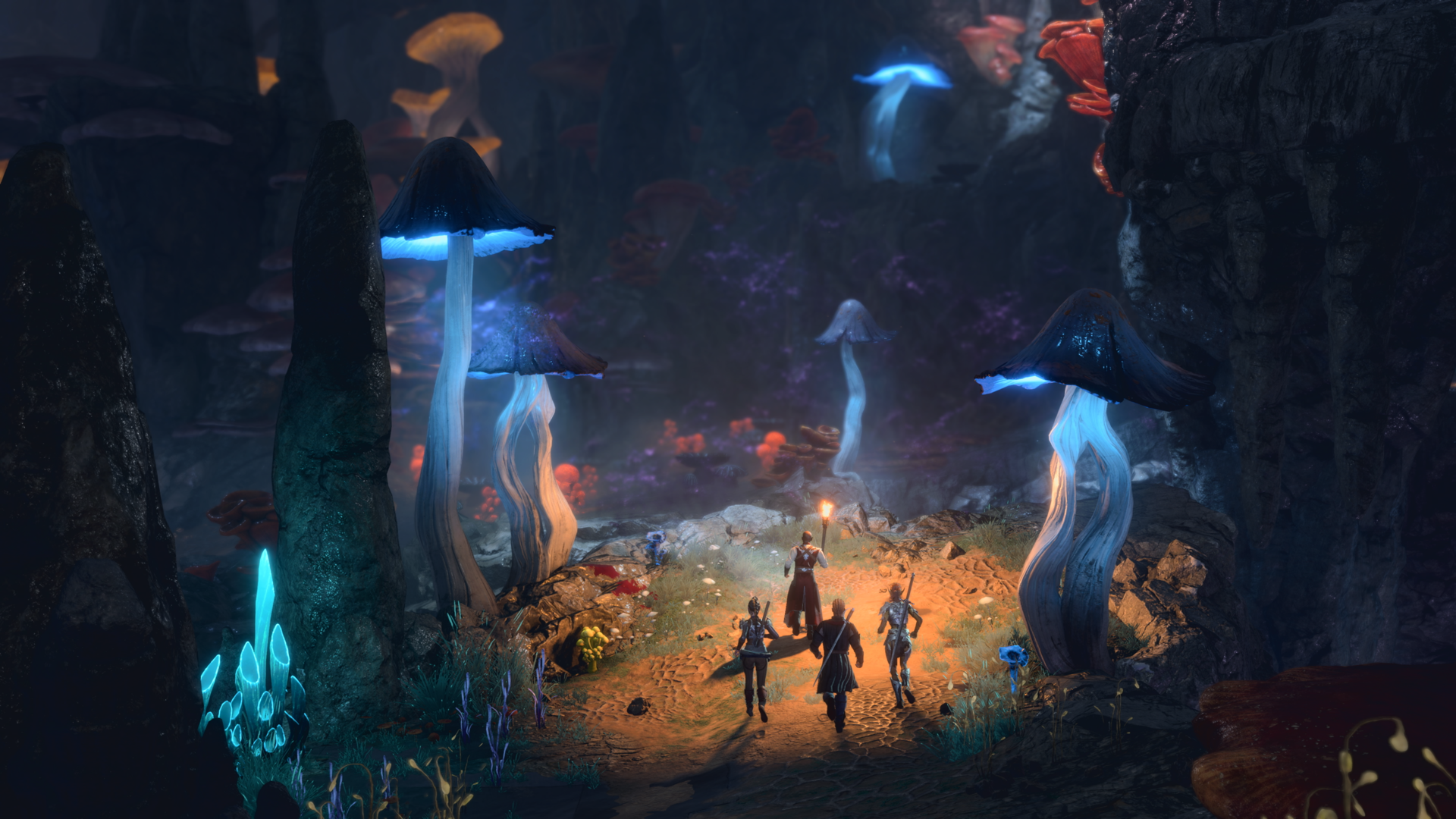
So, what does this mean for Baldur’s Gate 3 and the gaming world of 2023 and beyond? First off, it means that developers will be able to look at the design approaches used by Larian Studios and know that they’re not only effective, but they’re also commercially viable. This will encourage studios to operate within new design spaces ushered in by this modern CRPG that they might, perhaps, have found offputting before.
Baldur's Gate 3 may give developers confidence in opting for narrower, more focused environmental design
For starters, the environments of Baldur’s Gate 3 are not open worlds in the strictest sense. They’re large, impressive, and filled with quests, but every single location on the map is tied to one or more events or questlines. They are all built from the ground up with specific purposes in mind. The forests of Baldur’s Gate 3 aren’t impressive in terms of size and scope but are meticulously crafted to accommodate the storylines that can take place within them. Every grove and clearing is the site of a setpiece battle or a meeting place for a quest further down the line. The economy of design is such that no space on the map is wasted.
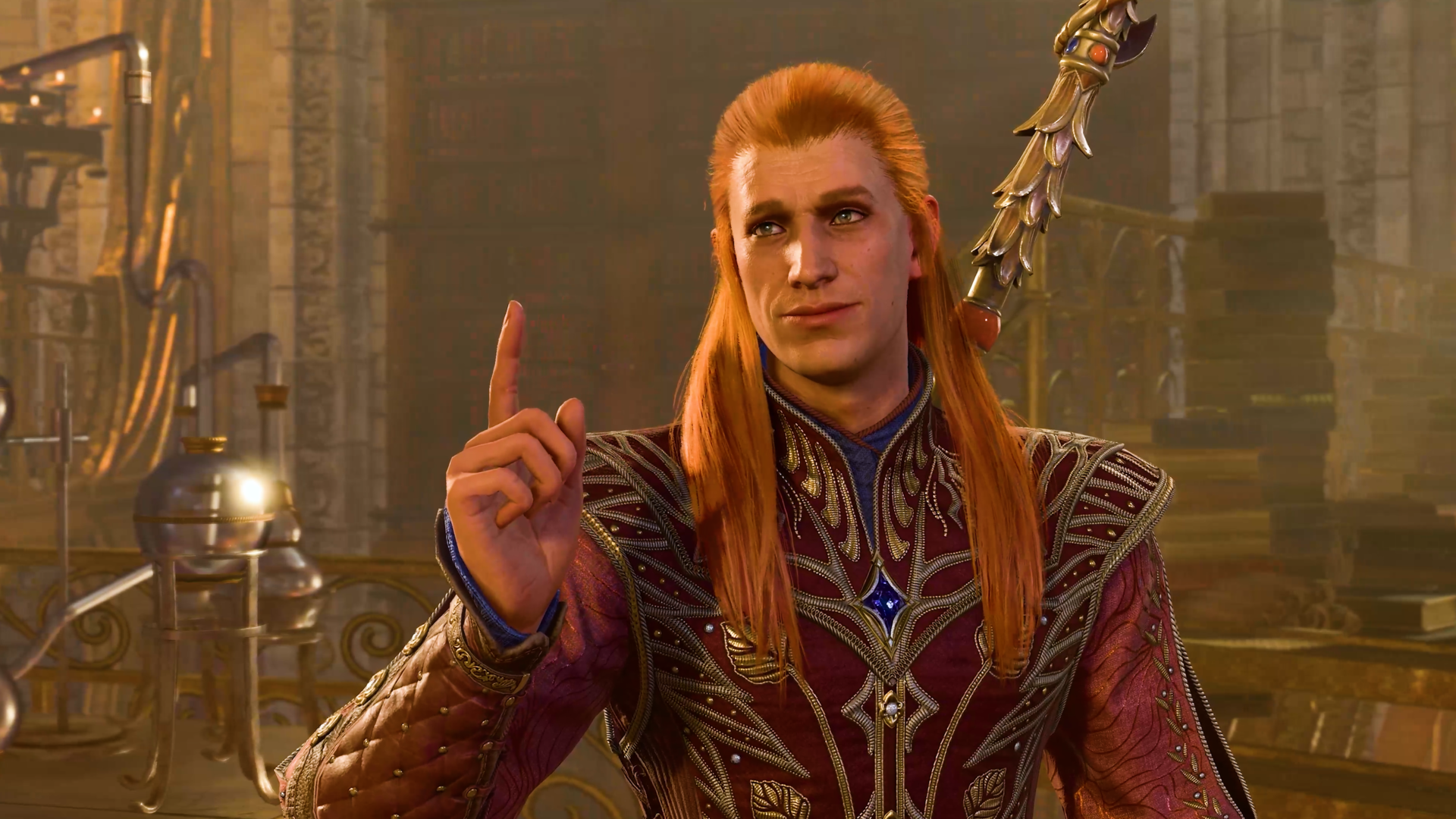
This may serve to give developers confidence in opting for narrower, more focused environmental design, with less of an emphasis on empty, unfulfilling traversal and more of an emphasis on using space in games to tell specific kinds of stories. We’re already seeing a refreshing shift back towards smaller, more manageable environments in the likes of the upcoming Assassin’s Creed Mirage - a trend that will only gather steam in the wake of Baldur’s Gate 3’s success
One of the main criticisms leveled at Bethesda’s new sci-fi RPG Starfield is how, despite the vastness of its virtual galaxy, the locations on offer are often barren and uninteresting. Thanks to the success of Baldur’s Gate 3 developers will be able to have more confidence when attempting to avoid such pitfalls, knowing that audiences respond well to smaller but denser environments.
All work and no play
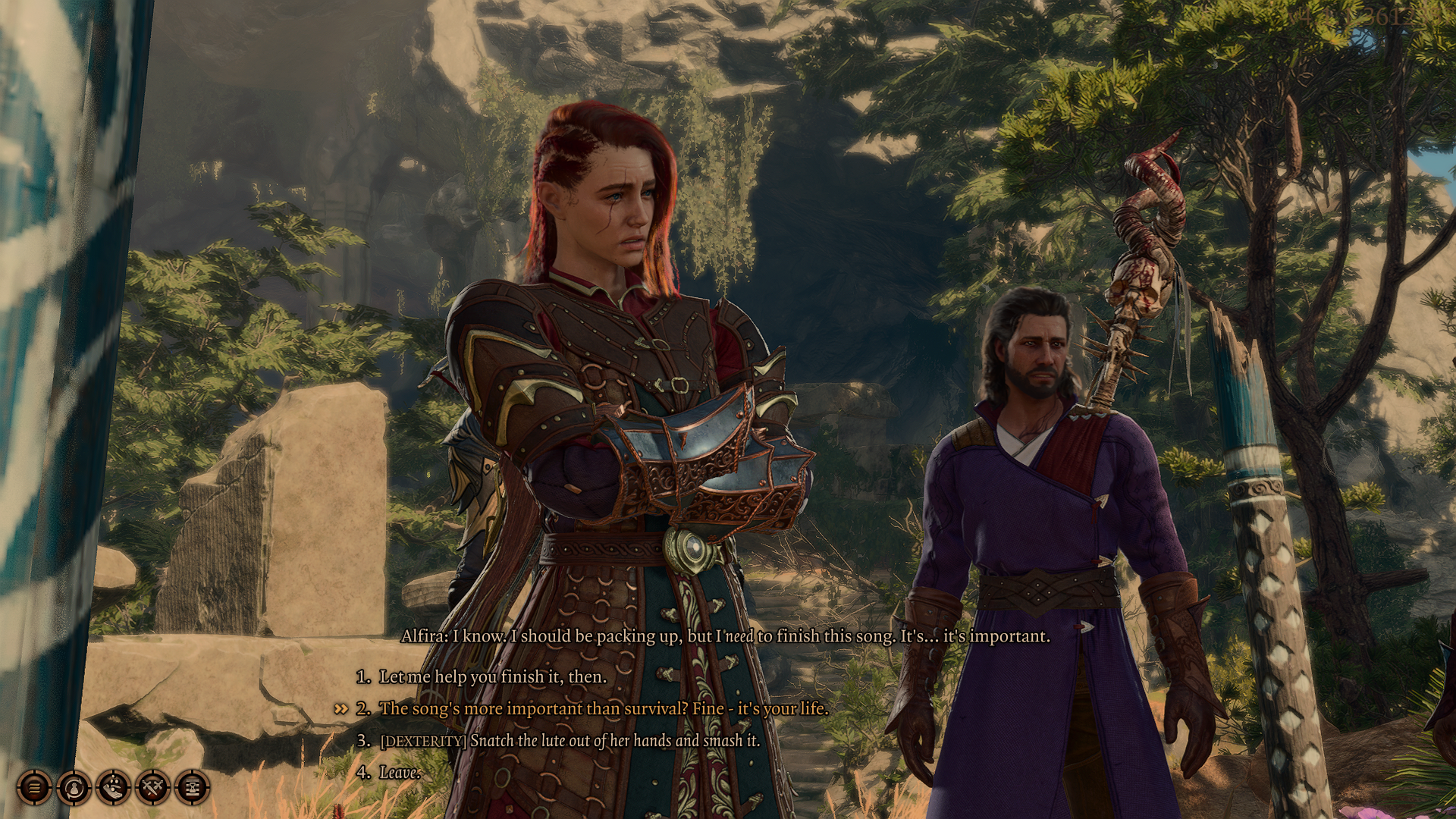
Baldur's Gate 3 also rewards players for finding unexpected or lateral solutions to problems - a feature it’s able to implement effectively in part because of its smaller, more deliberately crafted environments. Larian’s world is as much a sandbox as it is a roller coaster. You can set off traps, push deadly bosses off of ledges, and freely use the environment as a weapon.
Audiences are no strangers to this form of playful titles that encourage these forms of imaginative solutions. The perennial success of Minecraft and Roblox shows that players will quite happily lose themselves in a sandbox if the systems that maintain it are sufficiently broad and open-ended.
Larian’s world is as much a sandbox as it is a roller coaster
The spells and abilities in Baldur’s Gate 3 function not unlike Minecraft’s selection of items and equipment, each allowing you to affect the world around you in a specific way. Thanks to Baldur’s Gate 3’s success, we may well see more conventional triple-A titles embracing this way of thinking, imbuing their games with more complex relationships of cause and effect.
What if, as Geralt, someone playing The Witcher 3 always had access to magical persuasion techniques rather than just during specific dialogue moments? What if they could use espionage to uncover the Bloody Baron’s secrets rather than winning his favor through dubious quests? What if they could just march up to the Emperor of Nilfgaard and try to kill him?
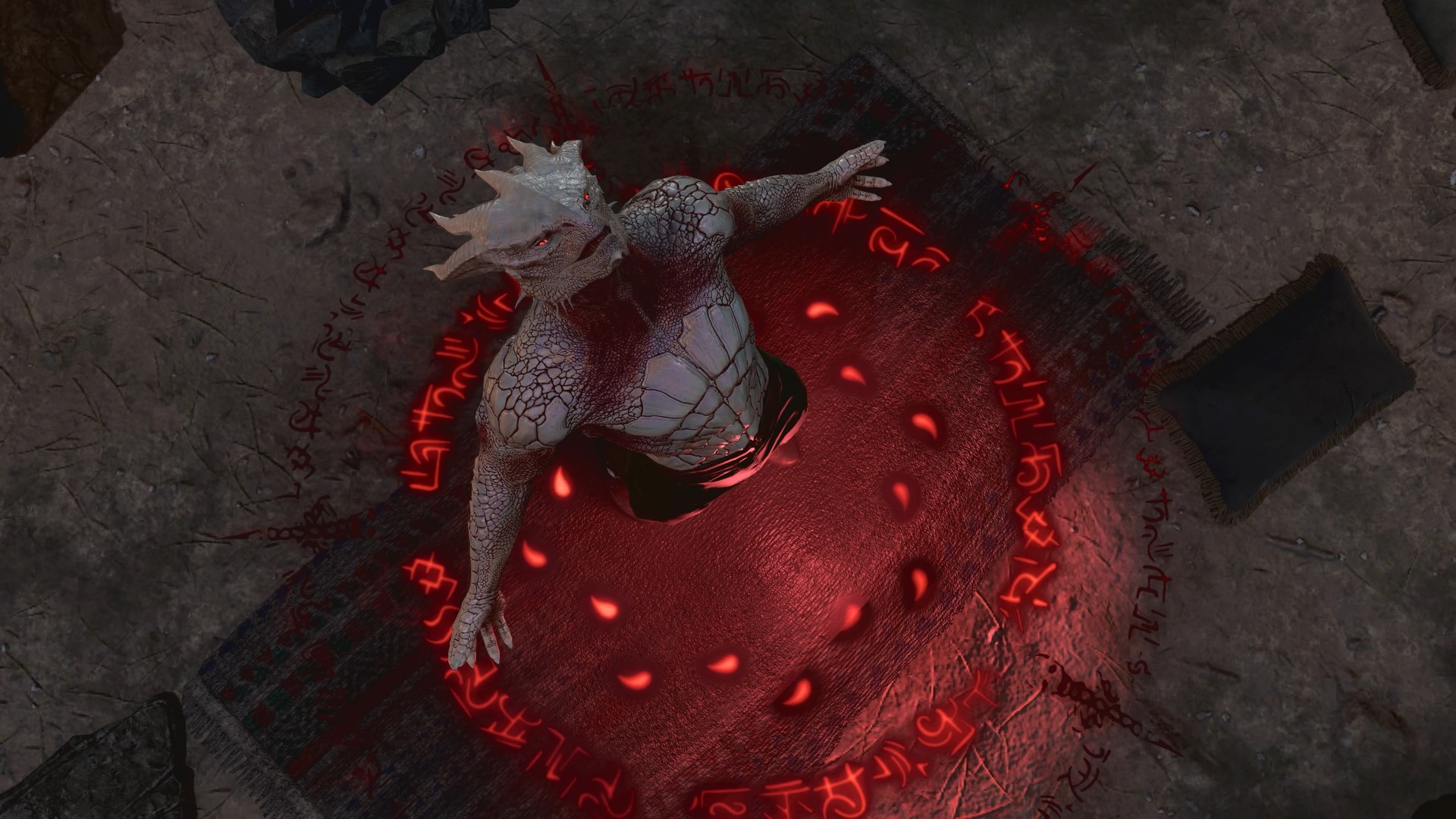
The answer, of course, is because they’d unravel the game’s main story. The planned setpieces would no longer make sense. However, in Baldur’s Gate 3, these sorts of decisions still propel the story forward, accommodated by the spidery mesh of systems that give the game life.
In the future, we will see more of this. We will see players able to guide their protagonists in inventive ways, solving problems unconventionally as they make their way through game worlds. We’ll see smaller, more bespoke environments that more easily accommodate a complex array of outcomes. Baldur’s Gate 3 seems likely to usher in an era of games where stories truly branch out and where they can go off the rails - because there were no rails to begin with.
Looking for more immersive, player-driven experiences? Check out our list of the best story games as well as our guide to the best single-player games.

An editor and freelance journalist, Cat Bussell has been writing about video games for more than four years and, frankly, she’s developed a taste for it. As seen on TechRadar, Technopedia, The Gamer, Wargamer, and SUPERJUMP, Cat’s reviews, features, and guides are lovingly curated for your reading pleasure.
A Cambridge graduate, recovering bartender, and Cloud Strife enjoyer, Cat’s foremost mission is to bring you the best coverage she can, whether that’s through helpful guides, even-handed reviews, or thought-provoking features. She’s interviewed indie darlings, triple-A greats, and legendary voice actors, all to help you get closer to the action. When she’s not writing, Cat can be found sticking her neck into a fresh RPG or running yet another Dungeons & Dragons game.